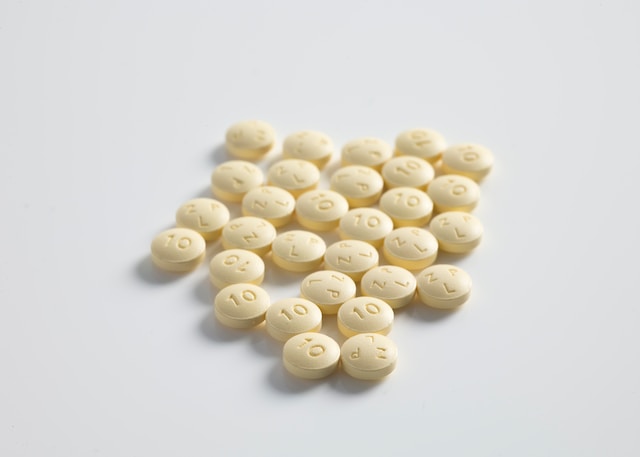In various fields, especially in healthcare and laboratory settings, the need to convert milligrams (mg) to milliliters (mL) is a common task. Milligrams measure mass or weight, while milliliters measure volume. This conversion is essential for ensuring accurate dosing of medications and the preparation of solutions. While it might seem complex, converting milligrams to milliliters can be made much easier with the right approach. In this article, we will break down the process and provide practical tips for simplifying this conversion.
Understanding Density: The Key to Easy Conversion
The key to converting mg to ml with ease lies in understanding the concept of density. Density is a measure of how much mass is contained in a specific volume. Different substances have different densities, and knowing the density of the substance you are working with is crucial for accurate conversion.
The formula to convert milligrams (mg) to milliliters (mL) is:
Volume (mL) = Mass (mg) / Density (mg/mL)
The density, in this case, should be in milligrams per milliliter (mg/mL). By using this formula, you can easily calculate the volume in milliliters.
Step-by-Step Guide for Easy Conversion
Here’s a step-by-step guide to help you convert milligrams to milliliters with ease:
1. Identify the Substance’s Density:
The first step is to determine the density of the substance in question. This information can usually be found on the substance’s packaging, in reference materials, or through laboratory experiments. If you can’t find the density, it’s essential to conduct tests to measure it accurately.
2. Check for Consistent Units:
Ensure that the units of mass and density are consistent. If the density is given in grams per milliliter (g/mL), you may need to convert grams to milligrams to maintain consistent units. Remember, 1 gram is equivalent to 1000 milligrams.
3. Perform the Calculation:
Using the formula mentioned earlier, divide the mass in milligrams (mg) by the density in milligrams per milliliter (mg/mL). This calculation will yield the volume in milliliters (mL).
4. Use a Calculator:
To minimize the risk of errors, especially when dealing with large numbers, use a calculator to perform the division accurately.
5. Verify the Units:
Double-check that the resulting value has the correct units—milliliters (mL).
6. Round to a Practical Precision:
Depending on the context and equipment you’re using, it’s often practical to round the result to a specific number of decimal places. For instance, if you’re measuring a liquid medication, you might round to the nearest tenth of a milliliter (e.g., 2.5 mL).
Real-World Application and Examples
Let’s put this conversion method into practice with a few examples:
Example 1: Converting 600 mg of Substance X to mL
Step 1: Identify the density of Substance X, which is 2 mg/mL.
Step 2: Check the units – both mass and density are in milligrams.
Step 3: Use the formula: Volume (mL) = 600 mg / 2 mg/mL = 300 mL.
Step 4: You can use a calculator to verify the calculation.
Step 5: The result is in milliliters.
Example 2: Converting 2 grams of Substance Y to mL
Step 1: Identify the density of Substance Y, which is 3 g/mL (or 3000 mg/mL).
Step 2: Convert grams to milligrams. 2 grams = 2000 mg.
Step 3: Use the formula: Volume (mL) = 2000 mg / 3000 mg/mL ≈ 0.67 mL.
Step 4: A calculator can be helpful for precision.
Step 5: The result is in milliliters.
Challenges and Considerations
While the above method simplifies the conversion of milligrams to milliliters, it’s important to recognize some challenges and considerations:
Density Variation: The density of a substance can vary with factors such as temperature and pressure. For precise applications, it’s important to account for such variations.
Using Known Densities: In some cases, certain substances have well-known and consistent densities, such as water (approximately 1000 mg/mL). For common substances, you can use these known values to simplify the conversion.
Safety and Accuracy: When working with medications or substances in healthcare, prioritizing safety and accuracy is paramount. Always double-check your conversions and measurements.
Conclusion
Converting milligram to milliliter can be a straightforward process if you understand the concept of density and use the appropriate formula. This conversion is essential in various fields, from healthcare to laboratory settings. By following the step-by-step guide provided in this article, you can ensure precise and efficient conversions, facilitating accurate dosing and preparation of solutions. Remember to verify the density of the substance you are working with and maintain consistent units for a successful conversion.

0 Comments